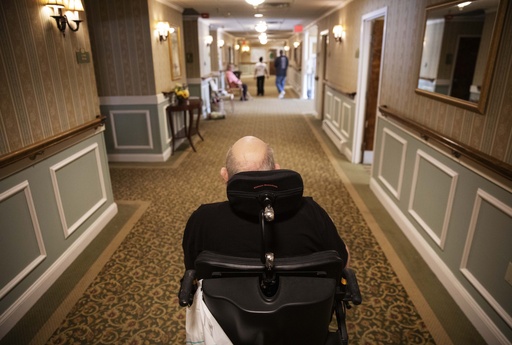
Reflecting on personal investment decisions is crucial for growth, even for a professional in the field. In an effort to learn from my own experiences, I would like to share some of my mistakes regarding personal finance.
**Roth IRA Conversions**
Despite knowing the benefits, I failed to establish a Roth IRA, largely due to a mix of procrastination and income barriers. Roth IRAs have numerous advantages, including the ability to withdraw funds anytime without taxes or penalties. Unlike traditional IRAs or 401(k) plans, Roth accounts do not have required minimum distributions (RMDs) that come into effect at age 73, sparing investors from hefty tax bills on accounts that are taxed as ordinary income. I could mitigate these issues by utilizing a backdoor Roth, which entails making a non-deductible contribution to a traditional IRA and then transferring those assets to a Roth account. However, I’ve not prioritized this tactic and may consider converting some traditional IRA funds to a Roth during my retirement before RMDs start.
**Late Adoption of HSAs**
Healthcare savings accounts (HSAs), which enable tax-free contributions and withdrawals for qualified medical expenses, have been available since 2004. Regrettably, I only began contributing to one in recent years. Looking back, it would have been advantageous for me to enroll in a high-deductible health plan and maximize my HSA contributions from the outset.
**Lack of Long-Term Care Insurance**
I’ve also neglected to obtain long-term care insurance. According to estimates from the U.S. government’s Administration on Aging, roughly 70% of individuals who reach 65 will eventually require some form of long-term care, which can be prohibitively expensive. Women typically need about 3.7 years of care, whereas men often require 2.2 years. Although in-home care can be less costly, the average expense for a private nursing home room is around $108,000 annually. While it’s likely one partner in a couple may need care, the probability that both will is lower, making it challenging to estimate the potential financial need for long-term care.
**Early Mortgage Payoff**
My partner and I chose to pay off our mortgage a few years ago, eliminating monthly payments as we age, but in hindsight, it may have been better to keep the low-interest mortgage and invest those funds in something with higher returns. This was particularly relevant when mortgage rates were lower than they currently are. Additionally, liquid assets were traded for real estate, which could complicate liquidity should we need cash.
**Unused 529 Plan Assets**
After launching two 529 plans shortly after our children were born, we budgeted for moderate college costs. Yet, we now find ourselves with leftover funds that remain unutilized. Alternatives to remedy this situation include transferring these assets to another beneficiary, like a relative or an eventual grandchild, or converting leftovers into a Roth IRA.
**Equity Concentration Issues**
Financial advisors often suggest capping exposure to any single stock at 5% of total assets. Due to my tenure at Morningstar, I’ve accrued stock options and restricted stock units that have appreciated significantly, resulting in my holdings exceeding this recommendation. Thankfully, I have ample assets designated for retirement and other objectives, which eases my concerns about fluctuations in this particular stock.
**Complex Investment Portfolio**
In addition to my Morningstar stock, I own small stakes in about 15 different stocks. Although I am intrigued by selecting individual stocks, this complexity overshadows a more straightforward investment approach, which ideally would consist of a few passively managed mutual funds or ETFs. My spouse and I also have various rollover IRAs dispersed across multiple brokerage platforms. This is currently manageable, but it may create complications when we start taking RMDs in the future.
**Excessive Frugality**
My frugality can at times border on excessive. Growing up with thrifty parents, I am not typically inclined to spend, which is reflected in my choice of a vehicle. While I could afford to buy a newer car, the thought of spending a sizable amount on a depreciating asset does not appeal to me.
**Conclusion**
Fortunately, my setbacks are not severe. Although I see areas for improvement, I have managed to avoid critical blunders that could lead to dire financial consequences. I contend that preventing significant mistakes is often more valuable than ensuring flawless financial decisions.
